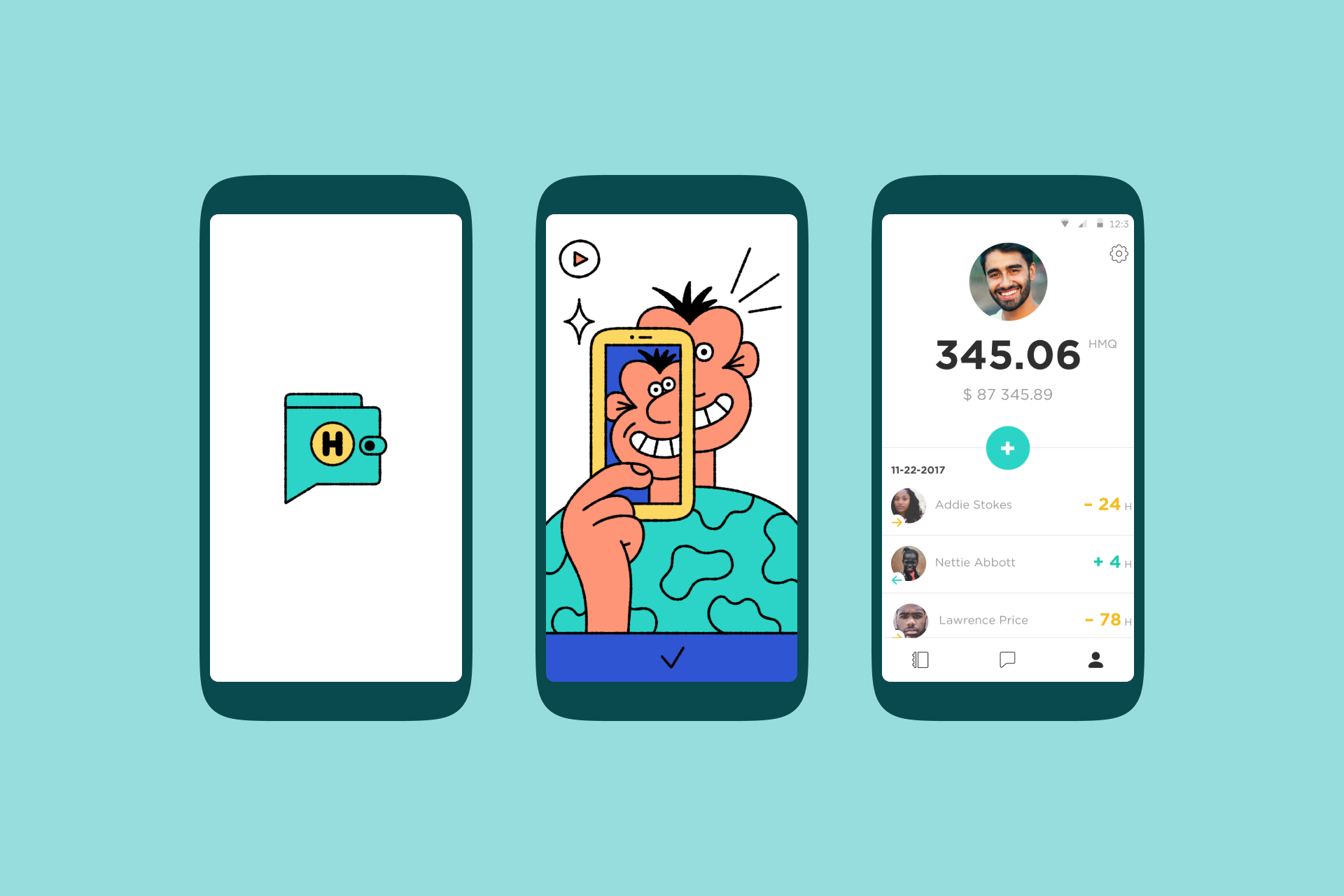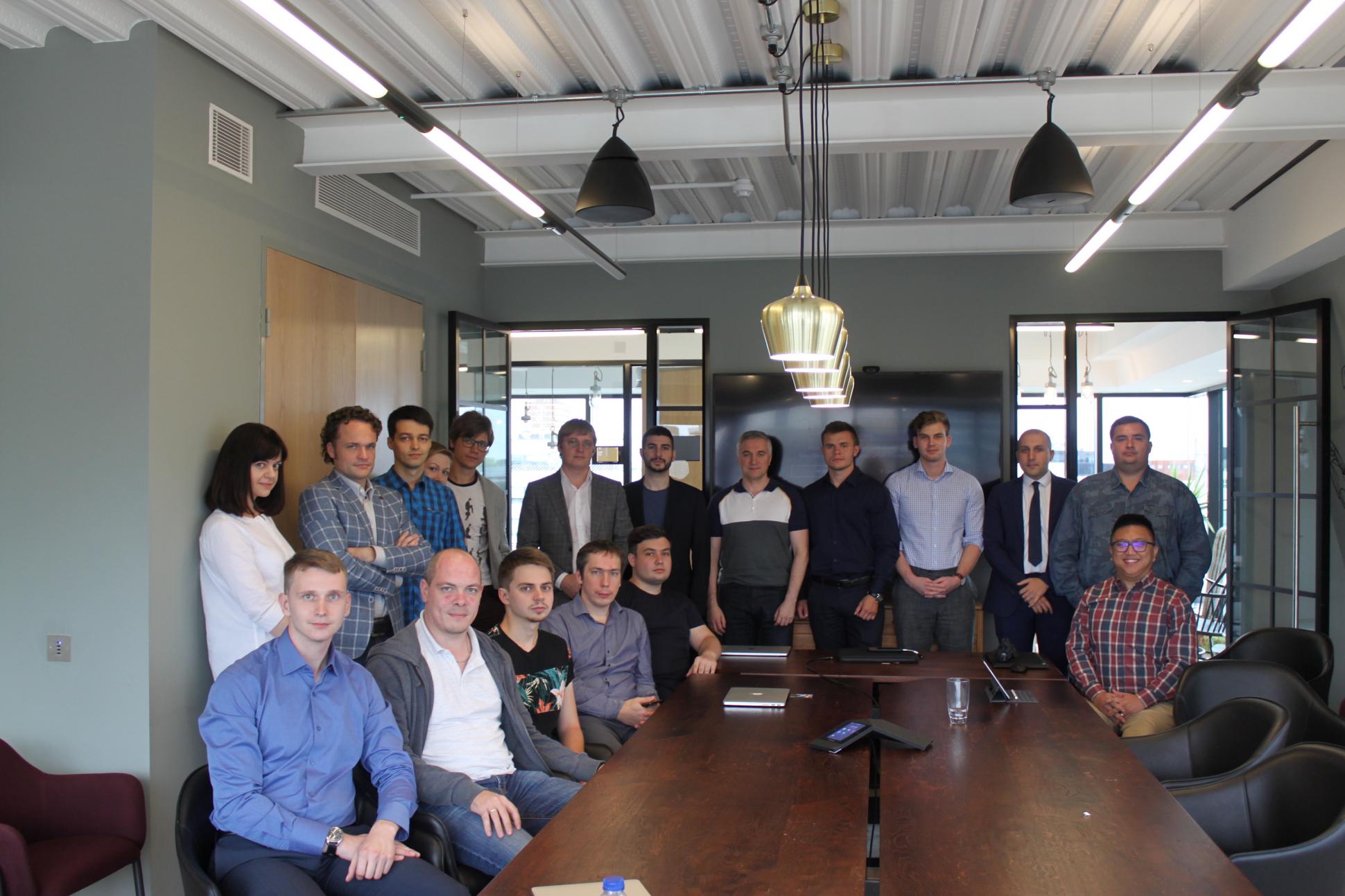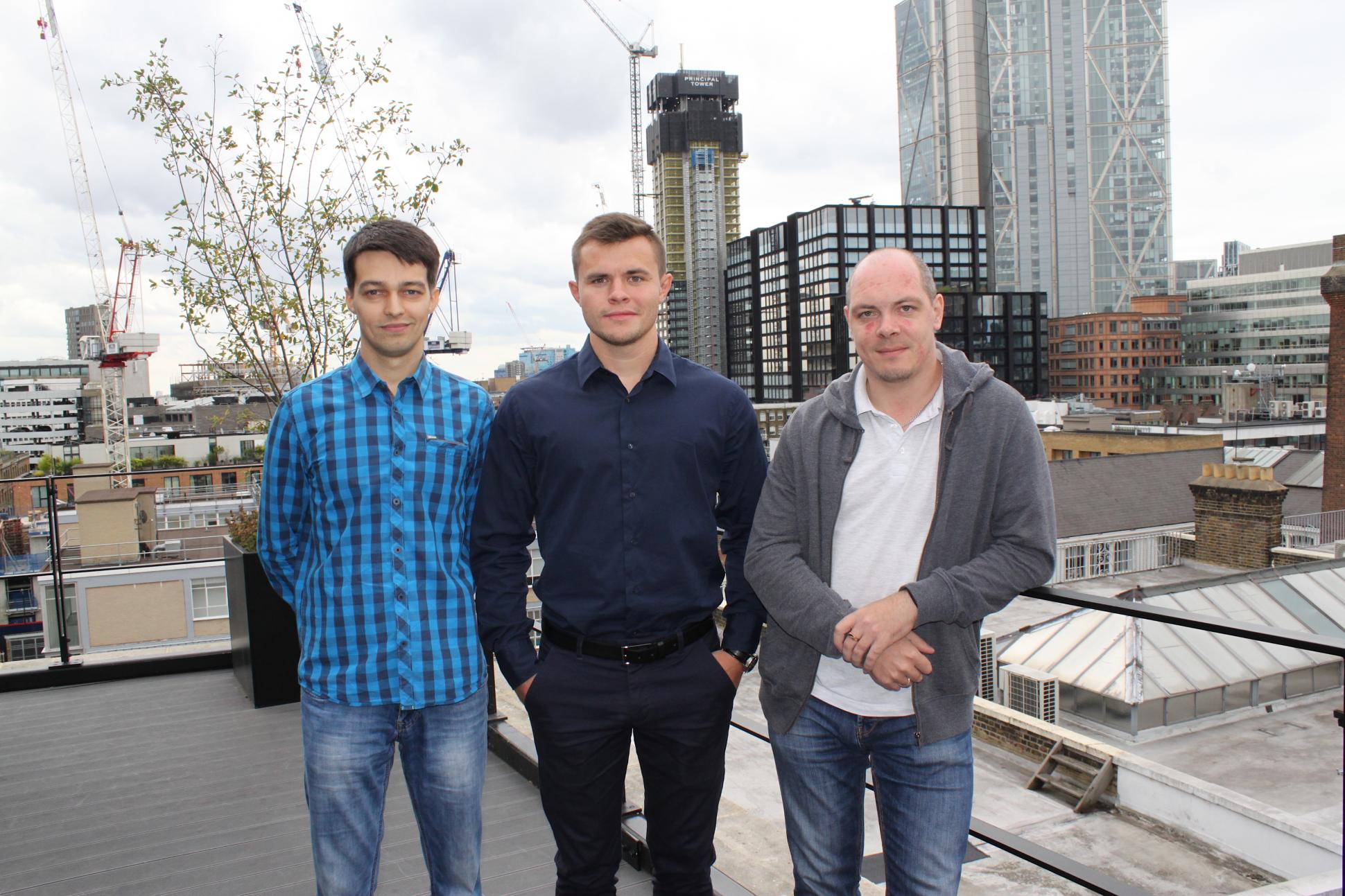How Evrone used blockchain to develop financial mobile app for illiterate users
An example of an original decentralized application development and blockchain technology in action
The challenge
Evrone was approached by the Humaniq team and tasked with creating a blockchain platform and a mobile financial application. The catch was that the target audience was the remote populations of Africa and Asia. In many of these regions, financial literacy was just beginning to emerge, and much of the population could not read or write, even in their native language.
According to project analysts, 30-52 percent of the people in these areas did not have access to banking services and had never used modern financial tools. Humaniq wanted to remedy this using blockchain technology and its applications, giving this remote audience a way to transfer money, accept and make payments, and become more financially literate.
We were faced with the challenge of developing a decentralized application with very specific limitations and necessities. During the development process, we had to consider that the users:
- Had only basic mobile devices
- Were commonly illiterate
- Spoke a wide variety of different languages and dialects
- Would need a support team they could communicate with in their own language, even if they were illiterate
- Had little understanding of network security and how to ensure it

The solution
The Humaniq financial app needed to be accessible to both literate, experienced users and illiterate users with little tech knowledge. While some users would be capable of reading instructions and performing many operations intuitively, many of the intended users would be unfamiliar with such applications and unable to use Humaniq without clear instructions.
We decided that since the majority of the Humaniq audience could not read, we would relay instructional information through images and pictures. While creating the user interfaces, our UI/UX experts analyzed all the existing scenarios and developed graphics explaining the sequence of actions for each usage scenario. For example, during registration, the user is shown images that instruct them to take a photo and indicate how to do it.

AI for facial recognition
Standard methods for ensuring network security were not suitable for the target audience. The intended users had no experience safely storing passwords or recognizing potential scammers seeking to gain their login or personal information.
So we decided to use biometric identification and facial recognition technology to ensure the security of the app for even the most inexperienced users. The security features, which we based on the Findface service, were integrated into the application, and the results of the initial tests were largely positive.
However, during the test run, we ran into a surprising issue with the Findface technology. The Findface algorithm was designed for biometric verification of Europeans, and it had trouble recognizing other demographics. The system couldn't identify the individual features of the users’ faces, especially in areas with insufficient light. This problem was worsened by the fact that the majority of users had basic phones with subpar cameras. However, we contacted the Findface service developers, and they created and released an update which resolved these issues.
Identification through facial recognition technology has one vulnerability. It can be fraudulently bypassed using a photo. To eliminate this variable, we instructed users to take several pictures of themselves, displaying a variety of facial expressions, when setting up the facial recognition. This allowed the system to better distinguish between a living person and a photo.
We designed the app to utilize passwords as well, but using symbols instead of letters and numbers. For each user, the application would generate a password made up of a unique set of symbols, such as geometrical figures, leaves, mushrooms, etc.

Communication and support
We knew that, when making transfers, users needed to be able to communicate with one other. As it turned out, many members of the target audience were already using WhatsApp, namely to send voice messages to each other. So we decided to incorporate voice chats into the app to allow for communication between users.
The voice chat capabilities were also utilized to create a support service. Our method allowed the user to record a voice message, which was converted to text and translated into English. Then the customer service technician would give a written reply, which was converted into a voice message in the user's language. The Google Cloud Speech-to-Text service was used for voice recognition, and Amazon Polly was used to convert voice to text, since Google did not offer that capability at the time of development.
Our approach showed excellent results with the 120 languages that were already supported by Google. While this did not cover all the spoken languages of the target audience, the number of supported languages continues to grow. In the near future, it will be possible to deploy a system that covers all of the prospective clients.


Transfers without fees
The Ethereum HMQ token was created for Humaniq, using the ERC-20 standard. The app essentially mimics a wallet, with additional functions. However, the Ethereum blockchain network charges fees for cryptocurrency transfers between wallets. Since Humaniq was designed for a low income audience, we utilized a private blockchain to eliminate these fees, using a special proxy service written in Python. This allowed transactions to be made internally, using the company's own computing means, eliminating the transaction fees, while still allowing for interaction with the public Ethereum blockchain when necessary.
Humaniq development team


The final product
The Humaniq MVP was developed in 6 months. John McAfee, a controversial star in the world of cryptocurrency, tweeted about the project, and the Humaniq website was flooded with users.
Development of the Humaniq mobile app was a challenging but valuable experience for the Evrone team. We were required to come up with some out-of-the-box solutions to meet the needs of an atypical target audience. The Humaniq project taught us to create applications that are both convenient and intuitively simple. We are always looking forward to our next big challenge, so if you have an idea that you want to see realized, click here to see how we can help you develop it.